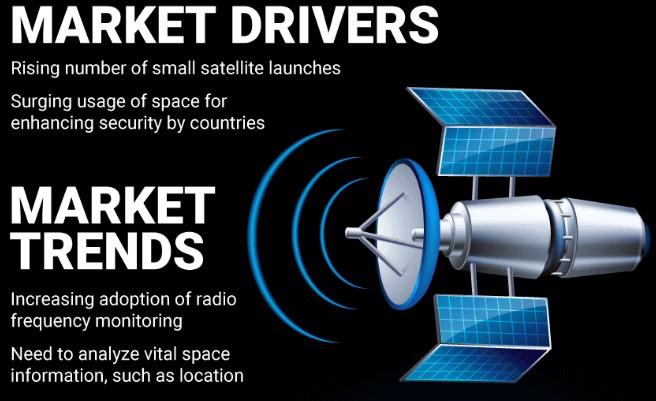In the 21st century, humanity’s footprint has extended beyond terra firma and into the vast expanse of space. But this new frontier isn’t empty. Thousands of satellites, spent rocket stages, and debris from past collisions whiz around Earth at breakneck speeds. This ever-growing population of space objects creates a complex and dynamic environment – one that Space Situational Awareness (SSA) strives to understand.
SSA is essentially the art of keeping tabs on everything orbiting our planet. It’s about tracking, identifying, and characterizing these objects, predicting their movements, and understanding the potential hazards they pose. Think of it as air traffic control, but for a million-mile-an-hour cosmic ballet.
Here’s a deeper dive into the why, what, and how of SSA:
Why is SSA Important?
- Collision Avoidance: The biggest concern is collisions between operational spacecraft and debris. Even a tiny piece of paint fleck can cripple a satellite if they collide at orbital speeds. SSA helps predict close calls and allows operators to perform maneuvers to avoid them.
- Space Safety and Security: With increasing reliance on space-based infrastructure for communication, navigation, and Earth observation, ensuring the safety and security of these assets becomes critical. SSA plays a vital role in protecting these valuable resources.
- Scientific Understanding: By tracking natural objects like asteroids and comets, SSA can help us understand the formation of our solar system and identify potential threats from rogue space rocks.
What Does SSA Encompass?
SSA isn’t a singular activity; it’s a multi-faceted effort involving various components:
- Tracking: This is the foundation of SSA. Using ground-based radars and optical telescopes, we continuously monitor the position and movement of space objects. Advanced radars can track objects as small as a few centimeters across, while telescopes excel at pinpointing faint, distant objects.
- Data Processing and Cataloguing: The raw data from tracking systems is processed and analyzed to determine the orbit of each object. This information is then compiled into catalogues that serve as a constantly updated map of the space environment.
- Risk Assessment: Not all objects pose the same threat. SSA systems analyze factors like size, velocity, and orbital characteristics to assess the potential collision risk between objects.
- International Cooperation: No single nation can effectively track everything in space. Therefore, international collaboration is crucial for sharing data, expertise, and best practices. Organizations like the United Nations Office for Outer Space Affairs play a key role in facilitating this cooperation.
How is SSA Implemented?
Several key players contribute to building and maintaining a robust SSA ecosystem:
- Space Agencies: Government agencies like NASA, ESA (European Space Agency), and ISRO (Indian Space Research Organisation) play a vital role by operating tracking networks and developing SSA capabilities.
- Commercial Entities: Private companies launching satellites and operating constellations are increasingly investing in SSA to ensure the safety of their assets.
- Research Institutions: Universities and research institutions contribute by developing advanced tracking technologies, data analysis methods, and collision modelling tools.
The Future of SSA
As space activity intensifies, the need for a comprehensive and robust SSA system becomes even more critical. Here are some key areas shaping the future of SSA:
- Sensor Network Expansion: New and upgraded ground-based and space-based sensors will be crucial for tracking smaller and fainter objects.
- Data Sharing and Standardization: Developing common data formats and protocols will facilitate seamless information exchange between different SSA systems.
- Collision Avoidance Techniques: Advancements in propulsion technologies and maneuvering strategies will be essential for effectively evading potential collisions.
- Debris Mitigation: Strategies like active debris removal and on-orbit servicing will help reduce the overall space debris population and mitigate collision risks.
Conclusion
Space Situational Awareness is the backbone of a safe and sustainable space future. By meticulously tracking and understanding the ever-growing population of space objects, we can ensure the continued success of space exploration, protect critical infrastructure, and safeguard our technological advancements in the final frontier. As we continue to explore the cosmos, robust SSA practices will be vital for navigating the crowded heavens and ensuring a peaceful and prosperous future for space activities.



